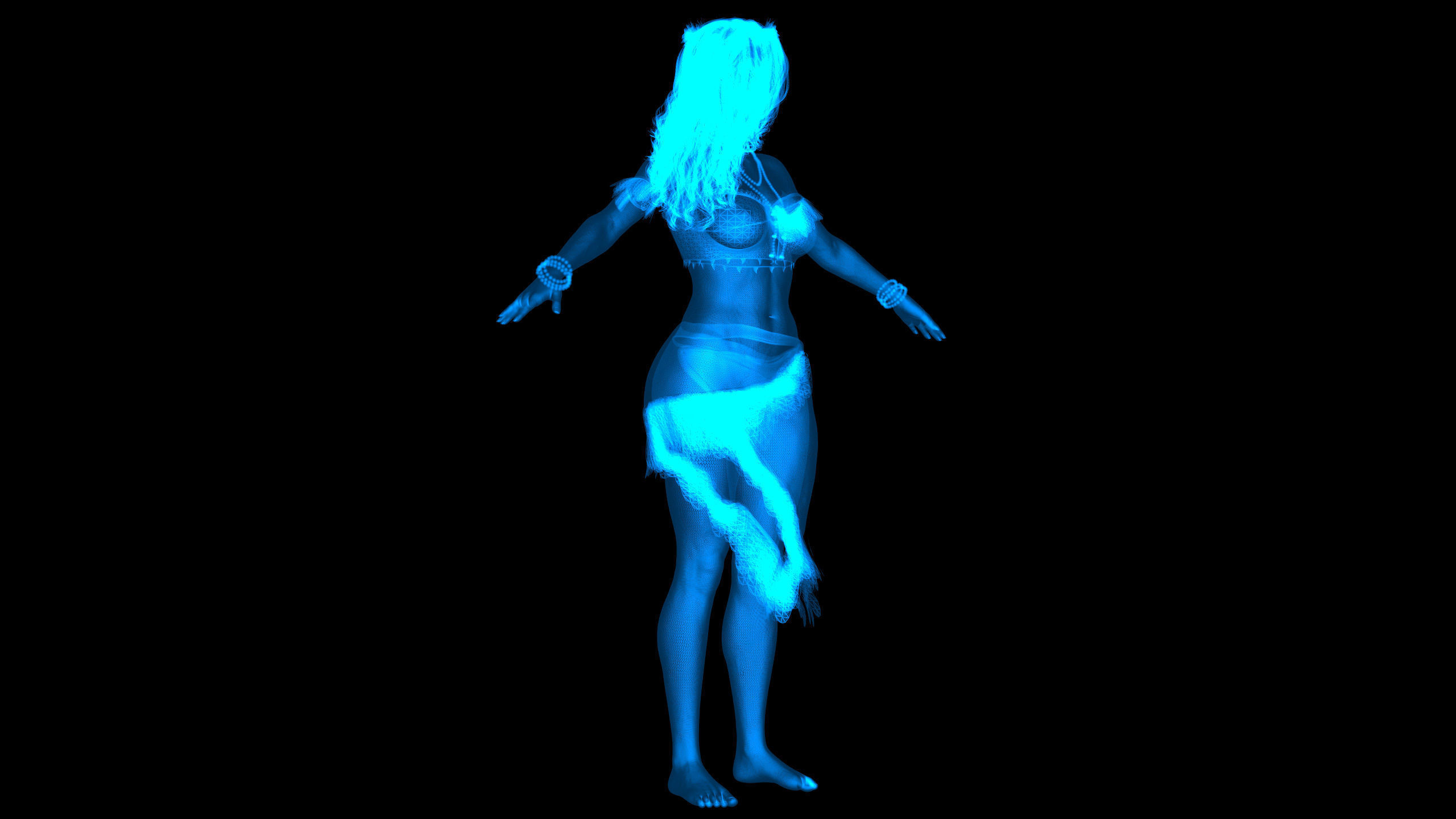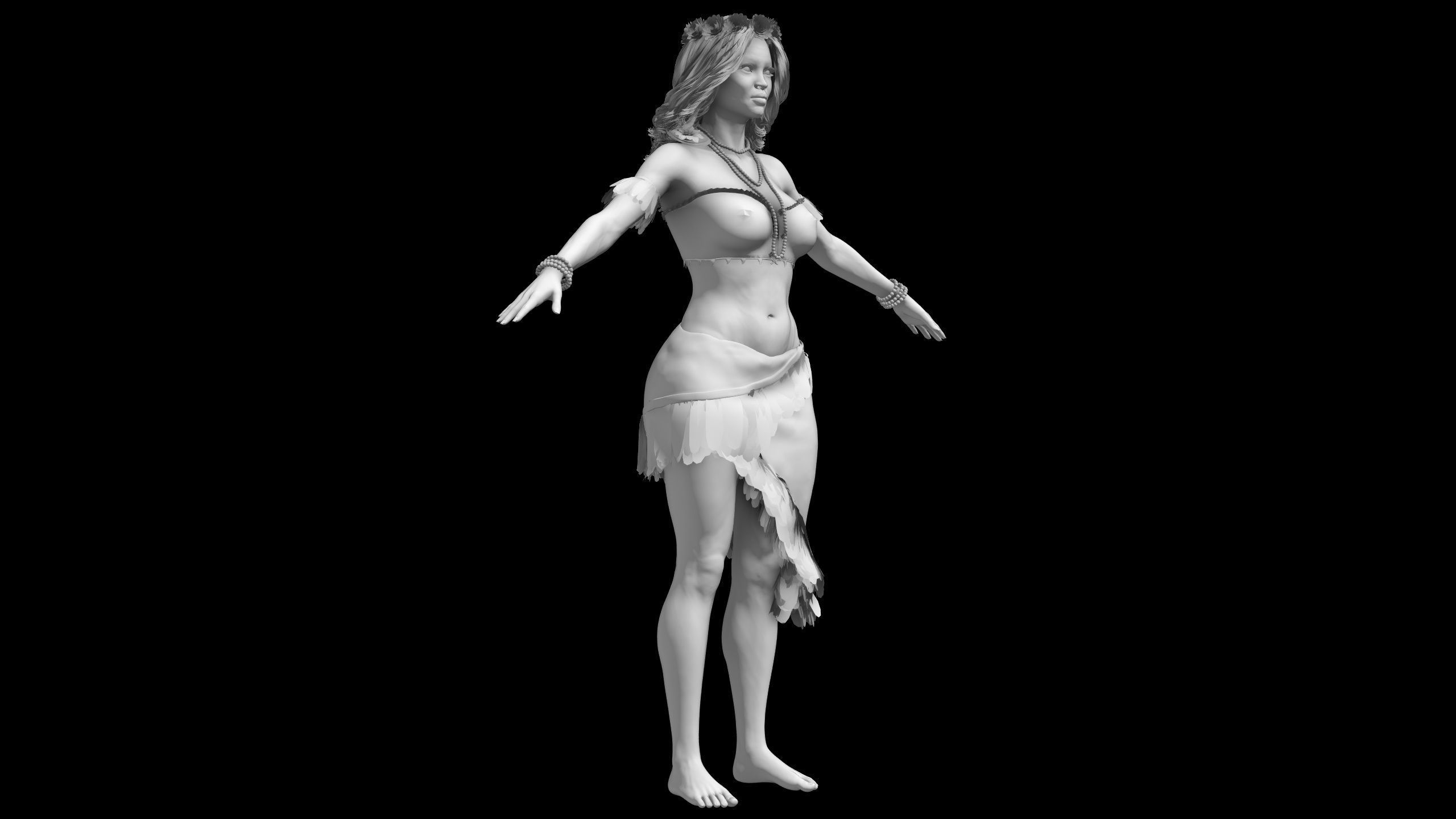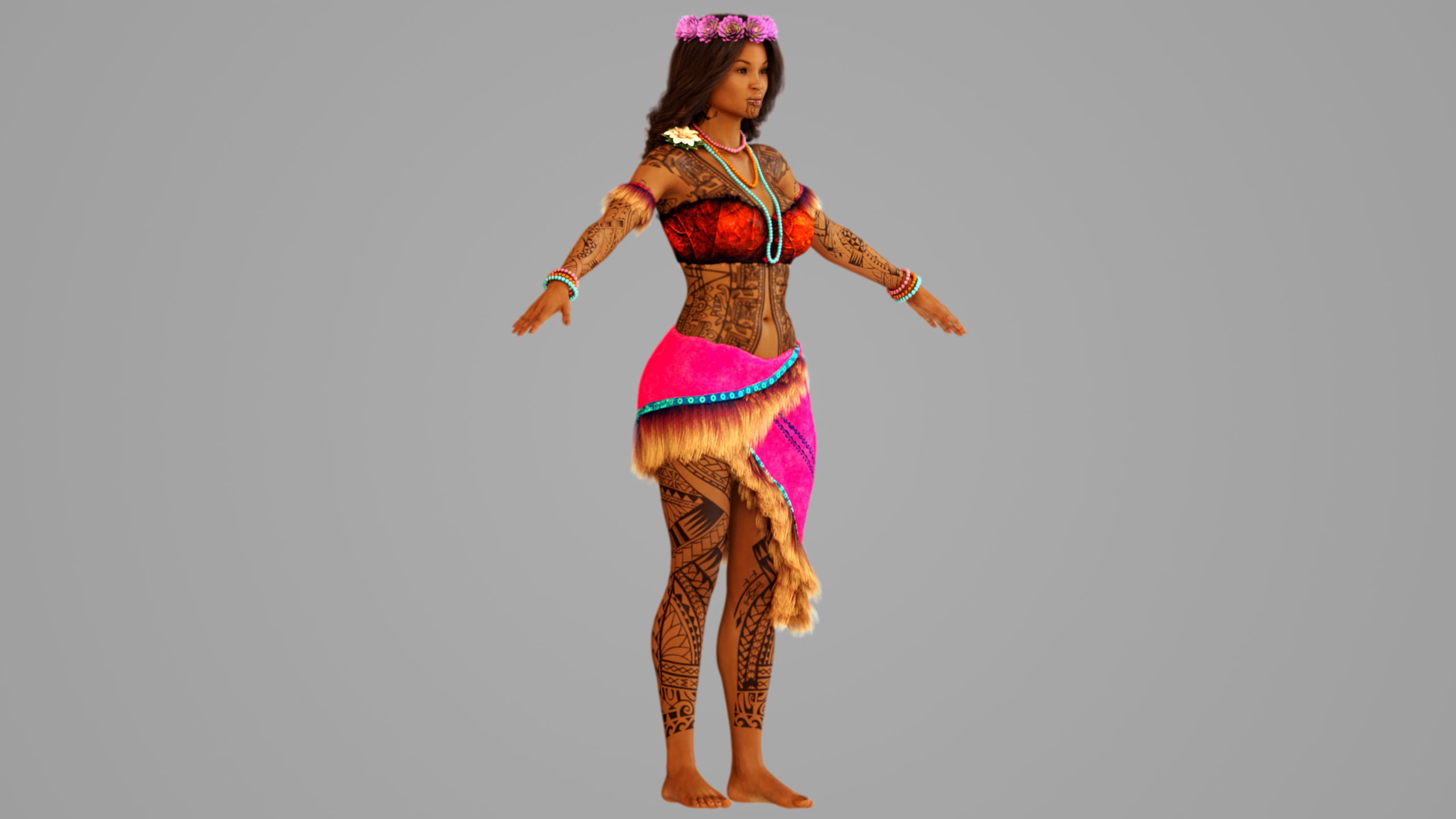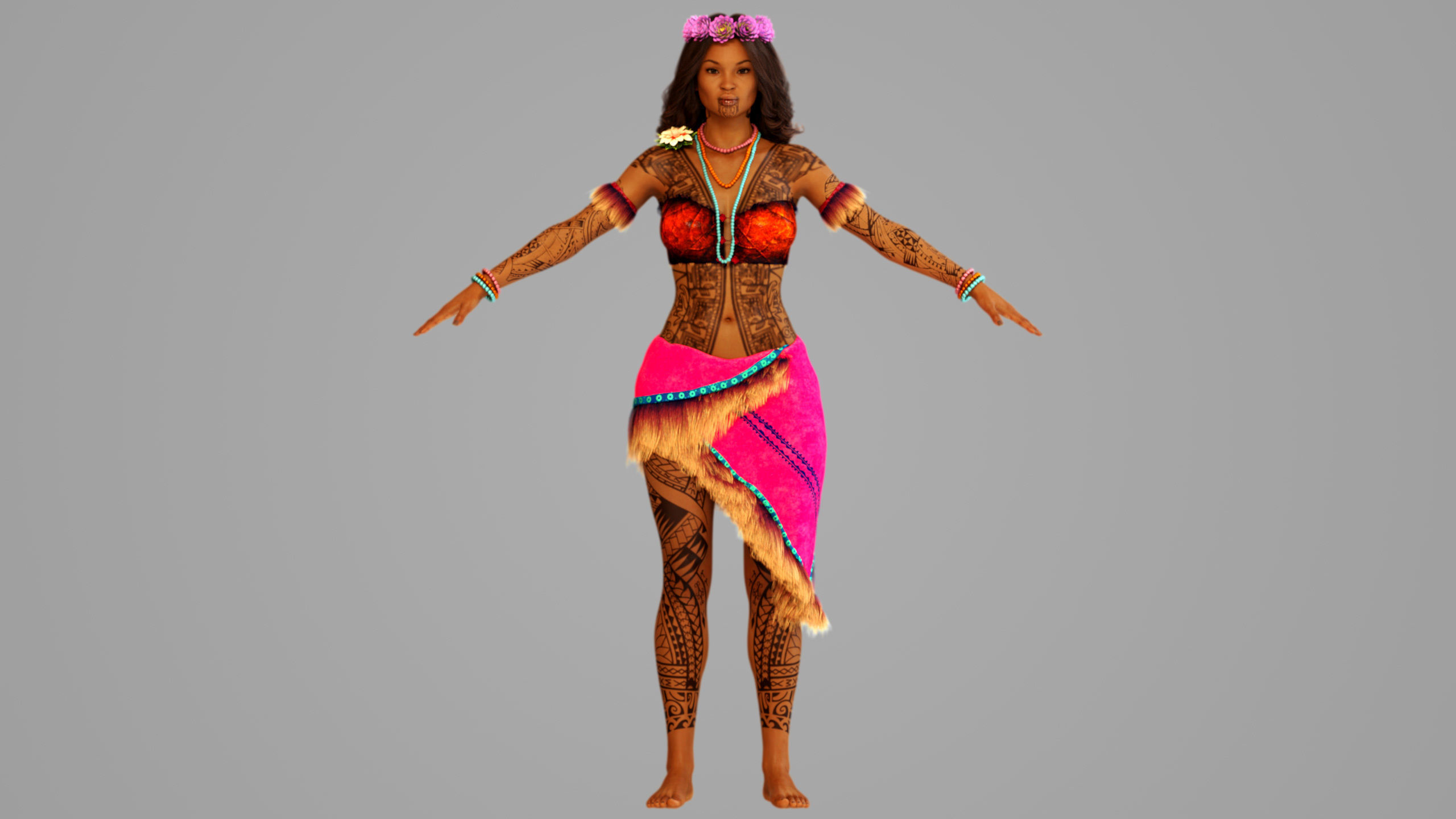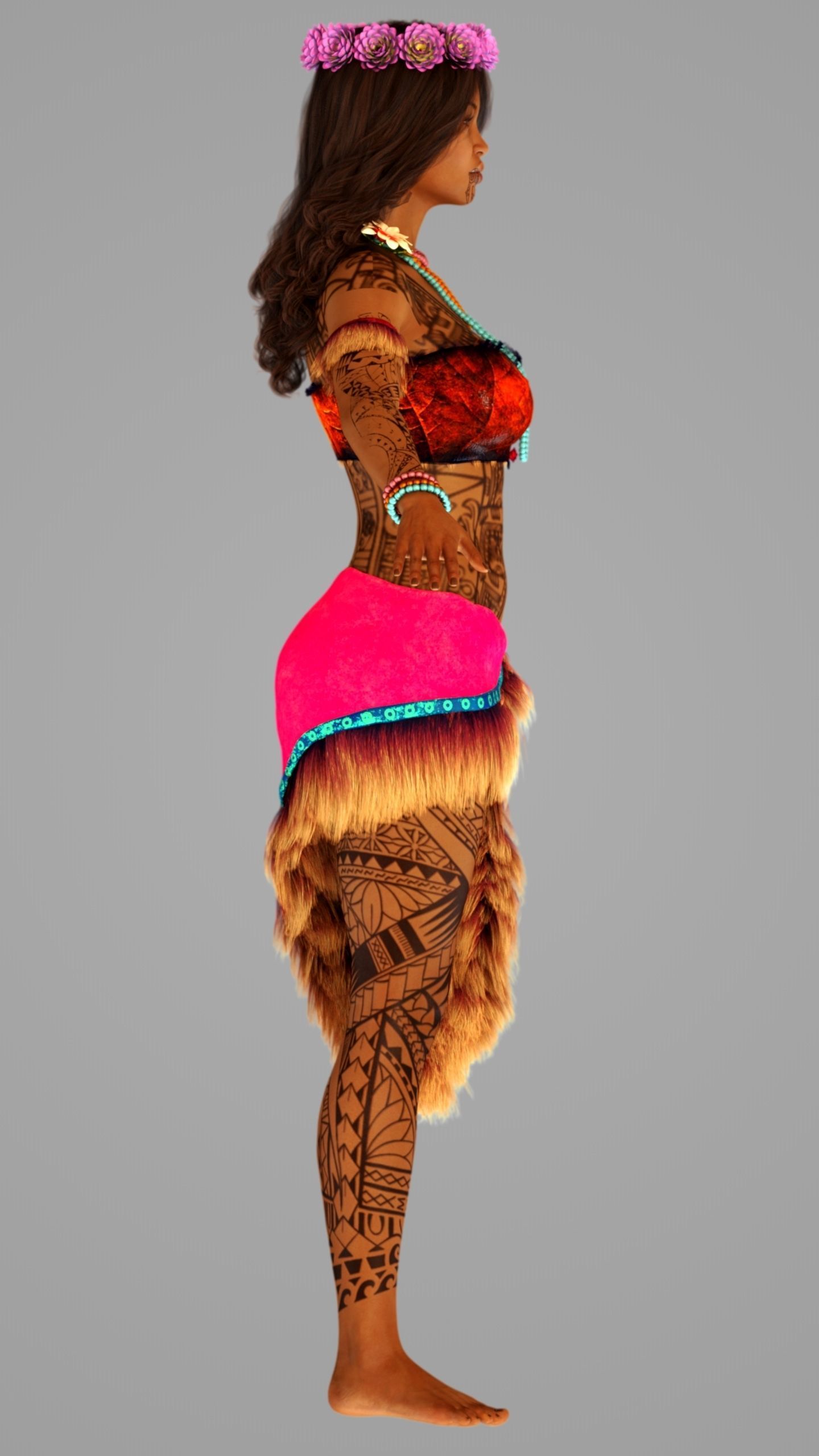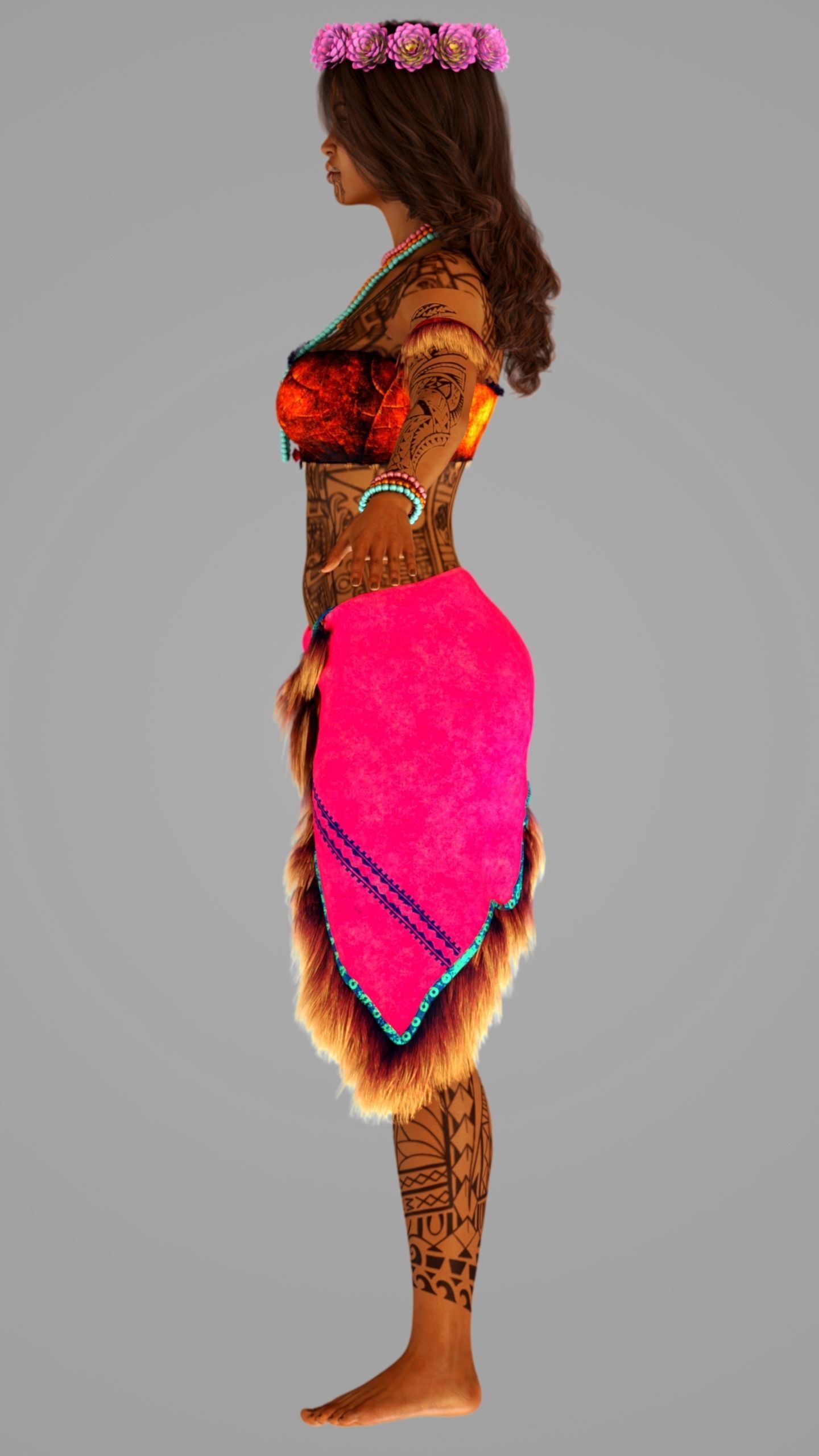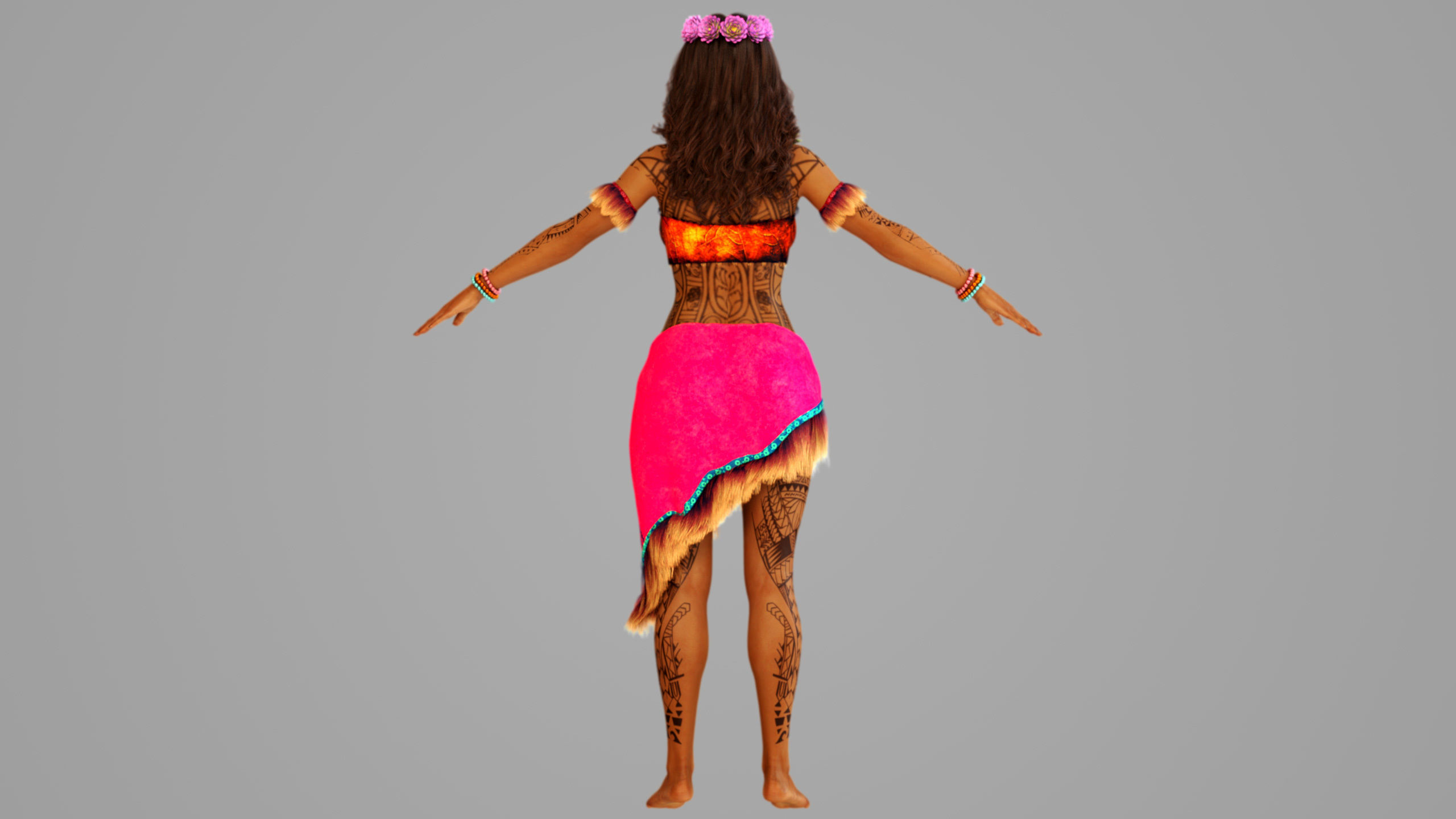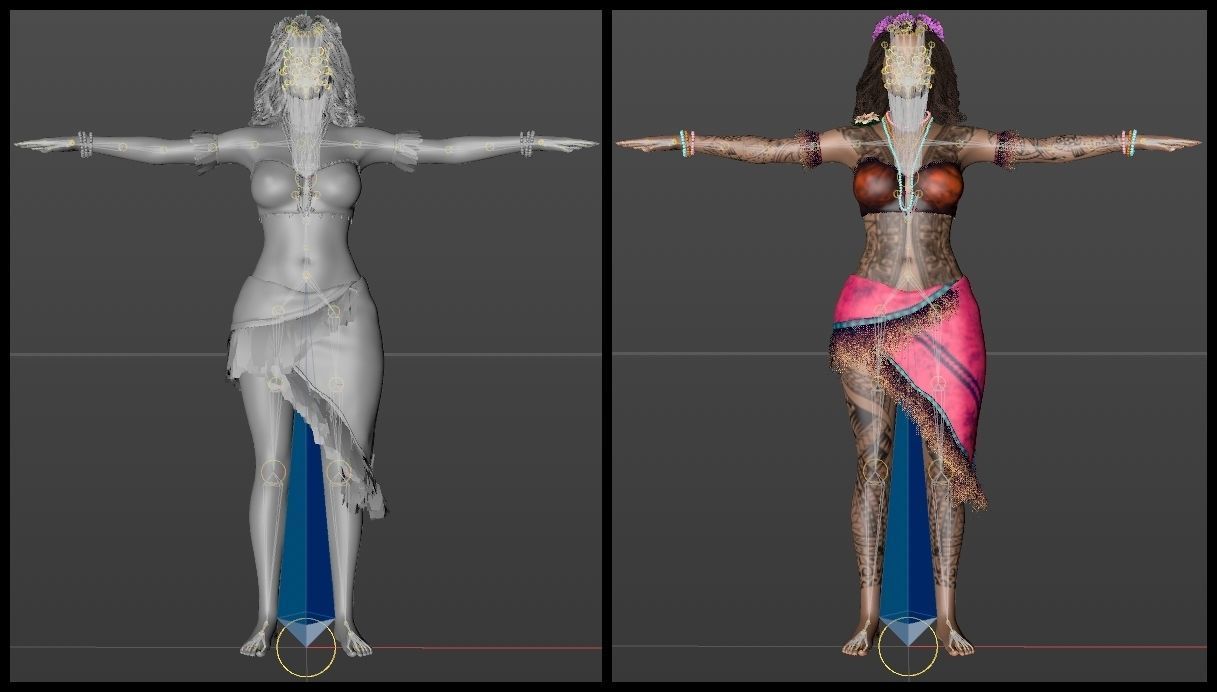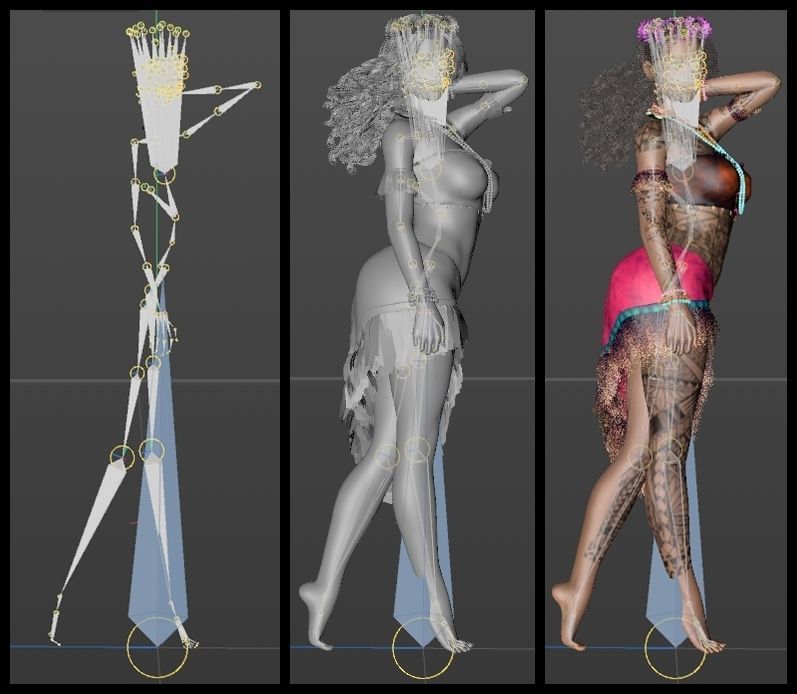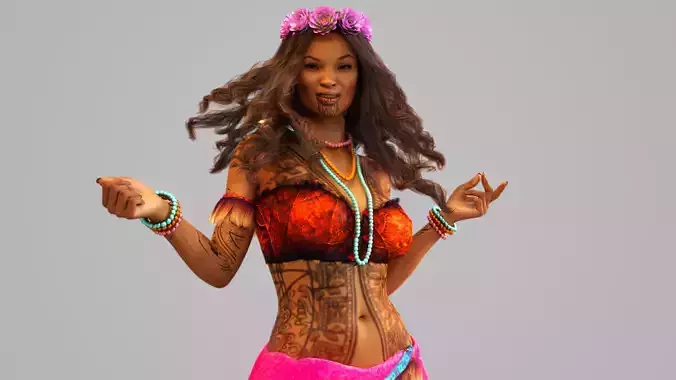
Native Polynesian Female 3D model
Native Polynesian Female
Polynesians form an ethnolinguistic group of closely related people who are native to Polynesia (islands in the Polynesian Triangle), an expansive region of Oceania in the Pacific Ocean. They trace their early prehistoric origins to Island Southeast Asia and form part of the larger Austronesian ethnolinguistic group with an Urheimat in Taiwan. They speak the Polynesian languages, a branch of the Oceanic subfamily of the Austronesian language family. Polynesians, including Samoans, Tongans, Niueans, Cook Islands Māori, Tahitian Mā'ohi, Hawaiian Māoli, Marquesans and New Zealand Māori, are a subset of the Austronesian peoples. They share the same origins as the indigenous peoples of Taiwan, Southeast Asia (especially the Philippines, Malaysia and Indonesia), Micronesia, and Madagascar. The Māori are the indigenous Polynesian people of mainland New Zealand (Aotearoa). Māori originated with settlers from East Polynesia, who arrived in New Zealand in several waves of canoe voyages between roughly 1320 and 1350. Over several centuries in isolation, these settlers developed their own distinctive culture, whose language, mythology, crafts, and performing arts evolved independently from those of other eastern Polynesian cultures. Some early Māori moved to the Chatham Islands, where their descendants became New Zealand's other indigenous Polynesian ethnic group, the Moriori. Samoans or Samoan people (Samoan: tagata Sāmoa) are the indigenous Polynesian people of the Samoan Islands, an archipelago in Polynesia, who speak the Samoan language. The group's home islands are politically and geographically divided between the Independent State of Samoa and American Samoa, an unincorporated territory of the United States of America. Though divided by national border, the culture and language are the same. The Samoan people and culture form a vital link and stepping stone in the formation and spread of Polynesian culture, language and religion throughout Eastern Polynesia. Polynesian trade, religion, war, and colonialism are important markers within Polynesian culture that are almost certainly rooted in the Samoan culture. Samoa's colonial history with the kingdom of Tonga, Fiji and French Polynesia form the basis of modern Polynesian culture.Malu is a word in the Samoan language for a female-specific tattoo of cultural significance. The malu covers the legs from just below the knee to the upper thighs just below the buttocks, and is typically finer and delicate in design compared to the Pe'a, the equivalent tattoo for males. The malu takes its name from a particular motif of the same name, usually tattooed in the popliteal fossa (sometimes referred to as the kneepit, or poplit) behind the knee. It is one of the key motifs not seen on men. According to Samoan scholar Albert Wendt and tattooist Su'a Suluape Paulo II, in tattooing, the term 'malu' refers to notions of sheltering and protection. Samoan women were also tattooed on the hands and sometimes the lower abdomen. These practices have undergone a resurgence since the late 1990s.
All Diffuse, Normal Bump, Ambient Oclussion, Roughness & Height Maps Included
Includes 2 Animations In FBX Format: Walk In Place & Walk Forward


